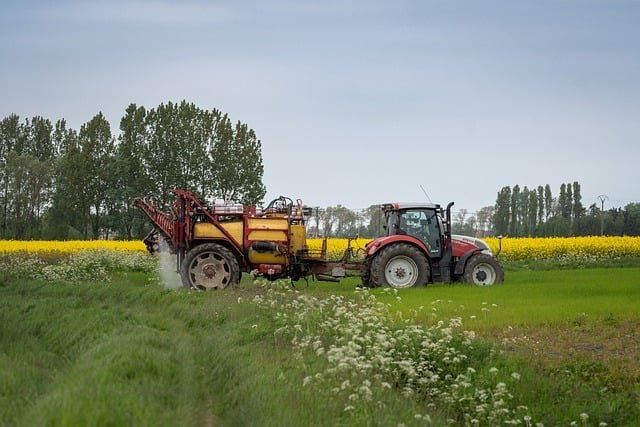Water Pumps: Uses, Types, and Selection for Farming and Industry
Water pumps move liquids from one place to another and are essential across irrigation, agriculture, industry, and farming settings. They range from small portable units to large centrifugal or submersible machines, chosen for flow rate, lift, and the nature of the fluid. Understanding types, maintenance, and installation needs helps operators match a pump to site conditions, reduce downtime, and improve overall system efficiency.

What is a water pump and how does it work?
A water pump is a mechanical device that transfers water by creating pressure differences or displacement. Common mechanisms include centrifugal pumps that use an impeller to convert rotational energy into fluid flow, and positive displacement pumps that move a fixed volume per cycle. Performance is described by flow rate (liters per minute or gallons per minute) and head (pressure or vertical lift). Choosing the correct pump requires matching these performance curves to your application’s demand and source conditions.
How water pumps support irrigation systems
In irrigation, pumps supply consistent water to fields, greenhouses, and drip systems. Pumps draw water from wells, rivers, or storage tanks and deliver it through mains and laterals to sprinklers or emitters. Key considerations include matching pump output to irrigation scheduling, managing variable-field elevations (head), and protecting pumps from debris with strainers or filters. Properly sized pumps can reduce energy use and help maintain even crop moisture, which is important for yield and water conservation.
Water pumps in agriculture and farming applications
Agriculture and farming use pumps for tasks beyond irrigation: filling livestock tanks, circulating water in aquaculture, and moving slurry or wash water. Materials and sealing must suit the fluid—clean water, sediment-laden irrigation runoff, or nutrient-rich liquids demand different designs. Durability, ease of maintenance, and compatibility with available power sources (electric motors, diesel engines, solar) influence selection. Regular inspection of seals, bearings, and alignment extends service life in demanding farm environments.
Industrial uses of water pumps
In industry, water pumps are applied to cooling systems, process supply, wastewater transfer, and fire protection. Industrial installations often require higher flow rates, chemical compatibility, and compliance with safety standards. Centrifugal and multistage pumps are common for high-flow or high-head needs, while metering pumps handle precise chemical dosing. System design should account for redundancy, controls, and monitoring (pressure sensors, flow meters) to avoid production interruptions and to meet regulatory requirements for discharge and treatment.
Selecting and maintaining a water pump for local services
Selecting a pump for local services involves assessing water source, required flow and head, power availability, and installation constraints. Consider pump efficiency, expected duty cycle, and ease of accessing spare parts and technicians in your area. Maintenance best practices include scheduled lubrication, checking seals and impellers, monitoring vibration and temperature, and keeping intake screens clear. For remote or farming locations, modular components and straightforward service procedures reduce downtime and reliance on specialized repair services.
Conclusion
Water pumps are versatile components that enable irrigation, agriculture, industry, and farming operations by moving water efficiently and reliably. Matching pump type and capacity to the application, planning for proper installation, and following routine maintenance practices will improve performance and longevity. Operators should evaluate system needs against available power sources and local services to ensure sustainable, cost-effective water management.






